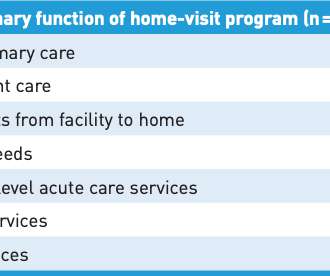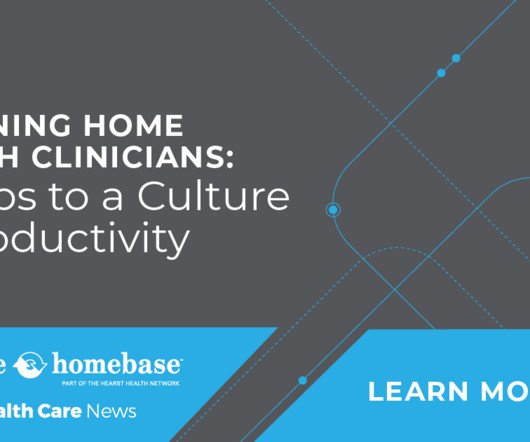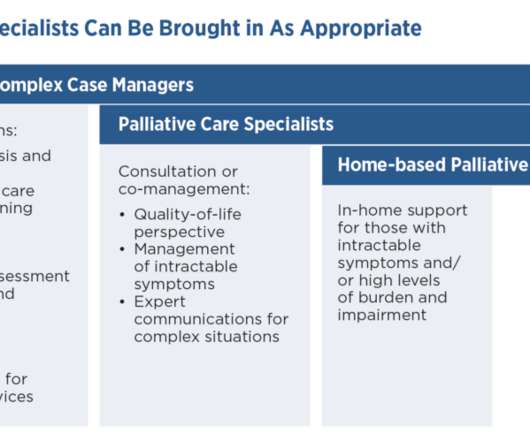Accountable Care Organizations Are Diving Head First Into Home-Based Care
Home Health Care
MAY 15, 2022
Accountable care organizations (ACOs) have considerably increased their home-based care arsenals over recent years. They’ve also diversified the types of home-based care they offer, and are finally finding ways for it to make economic sense in capitated models. Source: Institute for Accountable Care.












Let's personalize your content